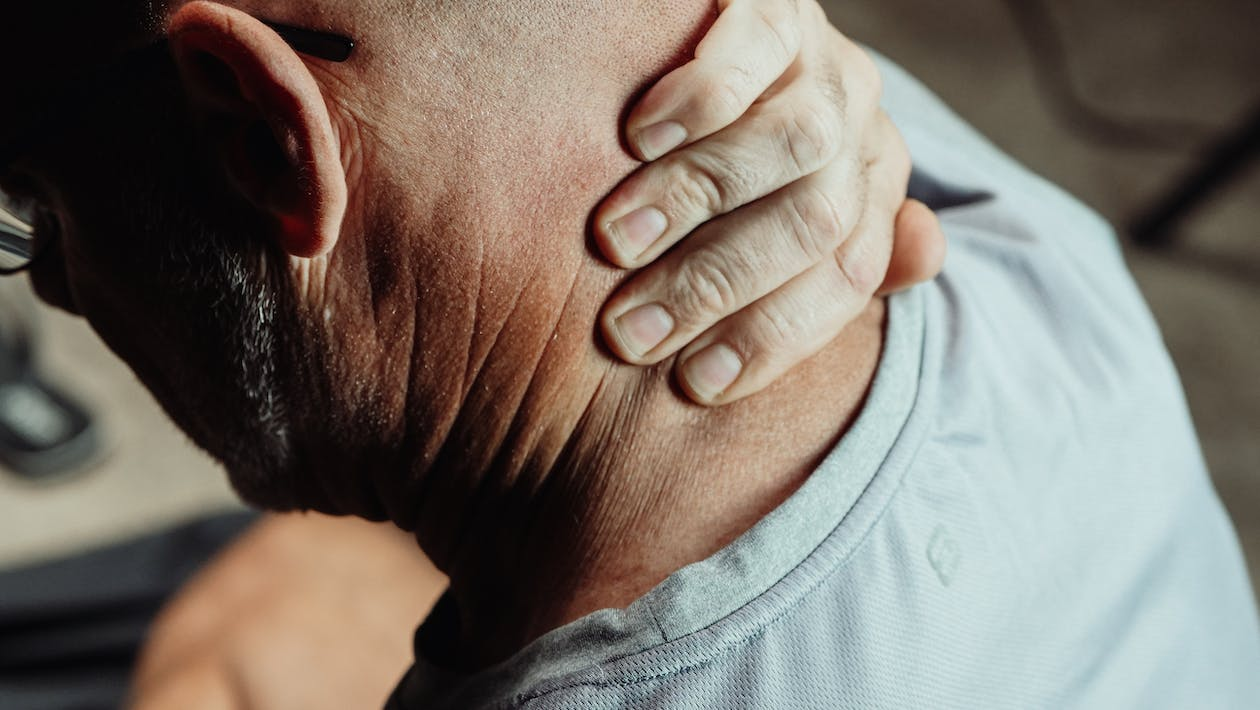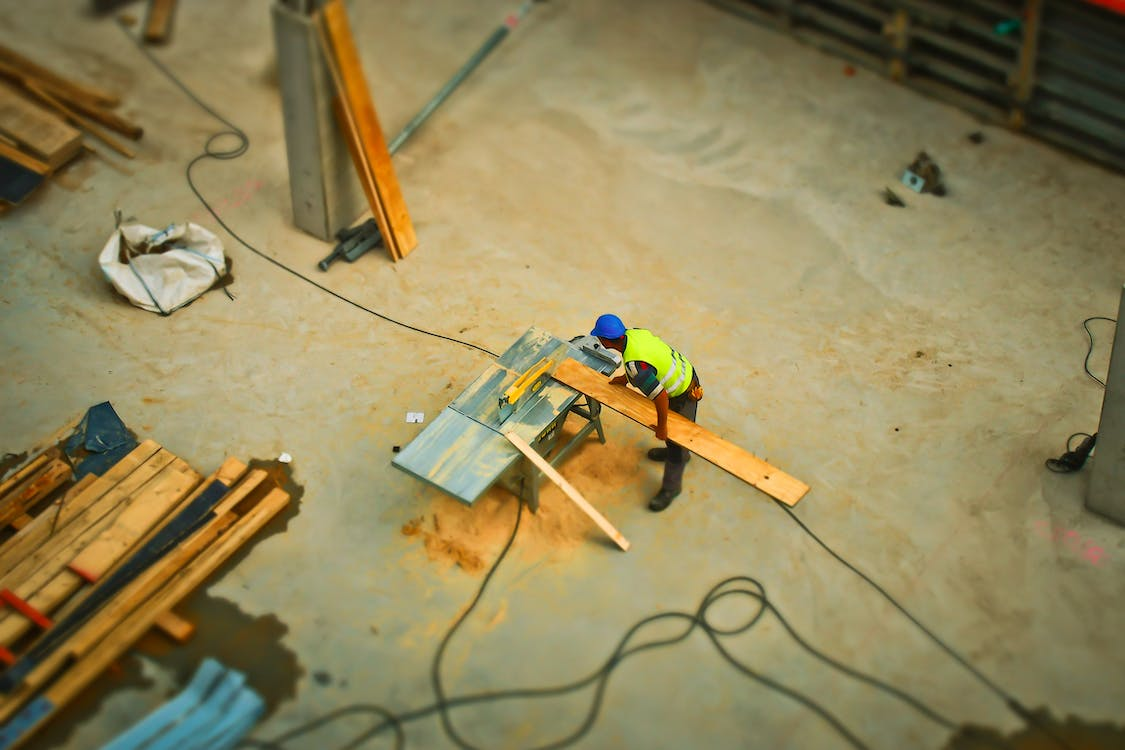Repetitive strain injuries, or RSIs, occur due to recurrent motions, prolonged physical exertion, or poor ergonomics, stressing the muscles, tendons, and nerves. Due to repetitive patterns of work such as heavy lifting and exposure to vibration, heavy sectors are especially vulnerable to RSI problems.
The demanding nature of the job, combined with limited rest times and ergonomic precautions, makes heavy sector personnel more vulnerable to RSI injuries. To reduce the incidence of these injuries in these occupations, it is critical to establish preventive measures and provide sufficient training. Here are some common RSI injuries and how they ought to be treated.
1. Hand-Arm Vibration Syndrome (HAVS)
Workers who use vibrating gear or power tools frequently experience Hand-Arm Vibration Syndrome, a form of repetitive stress injury. It causes the hands to become numb, tingly, and less dexterous.
It is essential to reduce exposure to excessive noise by using well-maintained tools, taking frequent breaks, and donning anti-vibration gloves to address HAVS. Additionally, workers should have routine health examinations to identify any early indications of HAVS and receive the necessary medical care.
2. Rotator Cuff Tendinitis
Another prevalent RSI ailment is Rotator Cuff Tendinitis, which is widespread among heavy industry workers that conduct repetitive overhead activities such as lifting or controlling machinery. It results in discomfort, weakness, and restricted shoulder motion.
Workers should practice good lifting approaches, use ergonomic tools, and engage in regular shoulder exercises and strengthening exercises to combat this issue. Using a supportive brace or taping techniques, using cold or hot packs, or any combination of these can help relieve symptoms.
3. Lower Back Strain
In heavy-duty occupations that require heavy lifting, extended standing, or repetitive bending, lower back strain is a common RSI injury. Back pain, cramps in the muscles, and restricted mobility are the results.
If you’re a construction site worker, for example, prioritize appropriate body mechanics while lifting large objects, utilize mechanical devices or team lifting wherever practical, and include regular spine-strengthening exercises in your routine to prevent lower back discomfort. Additional stability and injury prevention can also be achieved by maintaining a solid core and utilizing lumbar assistance belts.
4. Knee Tendinitis
Heavy industry workers who frequently undertake duties requiring continuous knee movements, such as kneeling, crouching, or climbing, are more likely to develop knee tendinitis, such as patellar tendinitis. It makes it painful, swollen, and hard to bear weight.
Workers should utilize knee guards or cushioning when kneeling, supportive footwear, and suitable kneeling and lifting procedures to treat knee tendonitis. Regular hamstring and quadriceps stretches, along with keeping an appropriate weight, can ease discomfort and lessen pressure on the knees.
5. Thoracic Outlet Syndrome (TOS)
An RSI injury known as thoracic outlet syndrome is also frequently seen in heavy sector employees who perform repetitive overhead duties or work in cramped areas. Compression of the blood vessels and nerves in the neck as well as the shoulder area causes discomfort, numbness, and arm weakness.
To reduce the risk of TOS, employees should stand up straight, stretch their shoulders and neck frequently, and walk about and stretch during breaks. Workstation adjustments and ergonomic examinations can also lessen pressure on the neck and shoulders.
6. Trigger Finger
If there’s any RSI injury most people know of, it’s Trigger Finger. Heavy industry employees who frequently hold or clutch tools or objects may experience trigger finger, which is characterized by the finger becoming caught in a bent posture before abruptly straightening out.
Workers ought to elevate the affected finger, refrain from using repetitive grasping actions, and use finger braces to immobilize the joint to treat the trigger finger. Recovery can also be aided by doing gentle stretches, applying warm wraps, and avoiding tasks that make symptoms worse.
7. Plantar Fasciitis
Heavy industry employees who spend a lot of time walking or standing on hard surfaces may develop plantar fasciitis, an RSI ailment. It results in stiffness and heel pain.
To avoid this condition, workers should wear sturdy shoes with padded soles along with arch support to treat Plantar Fasciitis. Regular stretching of the plantar fascia and calf muscles, in addition to the application of cold packs and massages, can reduce symptoms. Custom orthotic inserts may also offer extra support and aid in easing foot stress.
8. Lumbar Disc Herniation
And lastly, lumbar disc herniation is a common RSI injury among workers who participate in repeatedly lifting or bending activities. It may result in excruciating leg discomfort, numbness, and weakness in the lower extremities, in addition to back pain.
By using proper lifting techniques, refraining from performing repetitive twisting and bending motions, and engaging in regular core strengthening exercises, workers can effectively prevent lumbar disc herniation. Traction and other physical therapy therapies like spinal stabilization exercises may also help in symptom management and recovery.
All those employed within heavy industries must comply with regulations and standards mandated by relevant authorities, and also be trained in their specific jobs to avoid accidents. For first aid training courses as well as workplace safety courses such as fall protection and for confined spaces, check out our website today.









